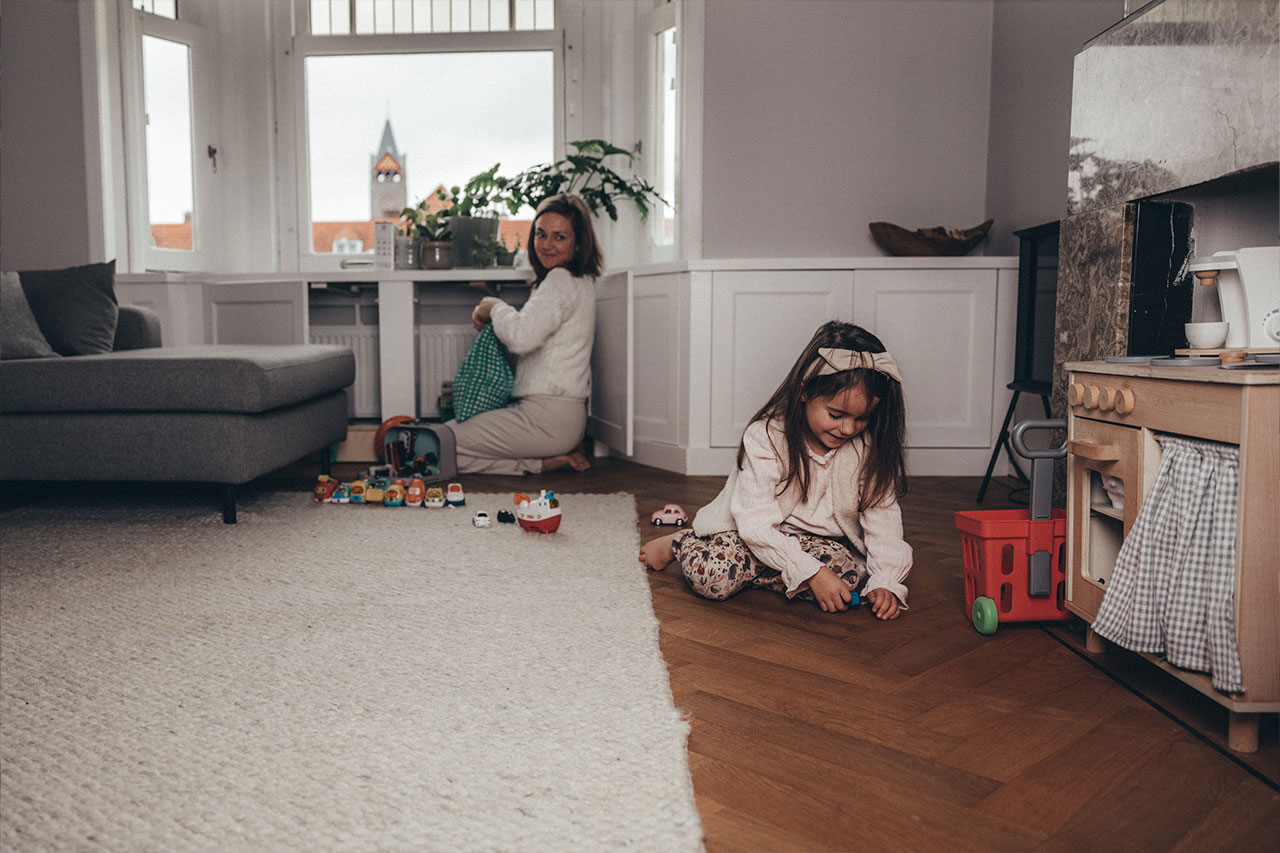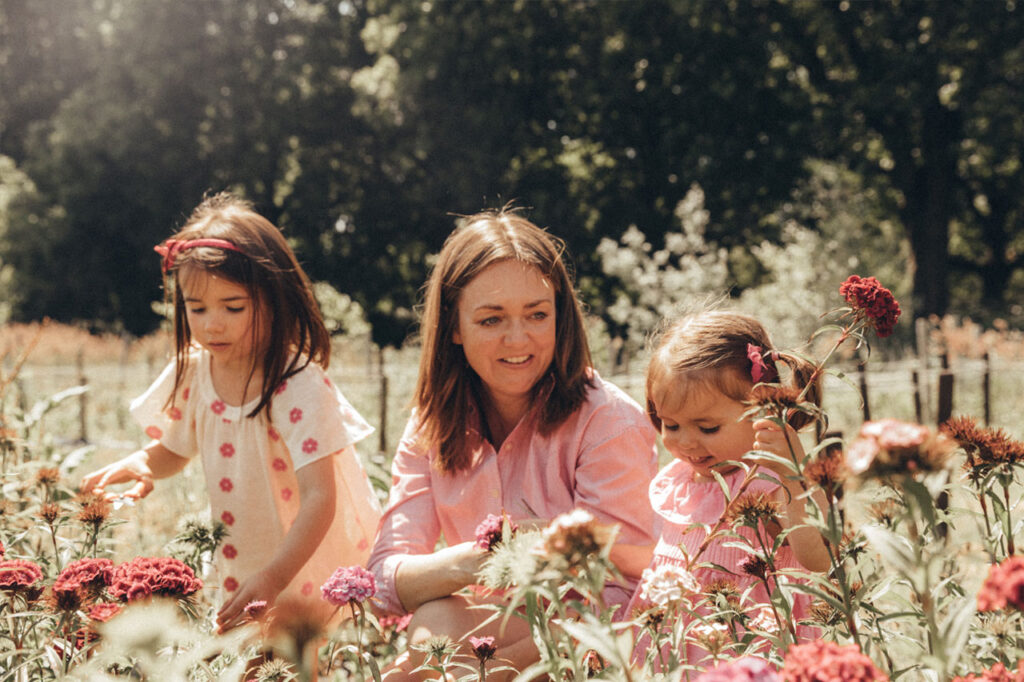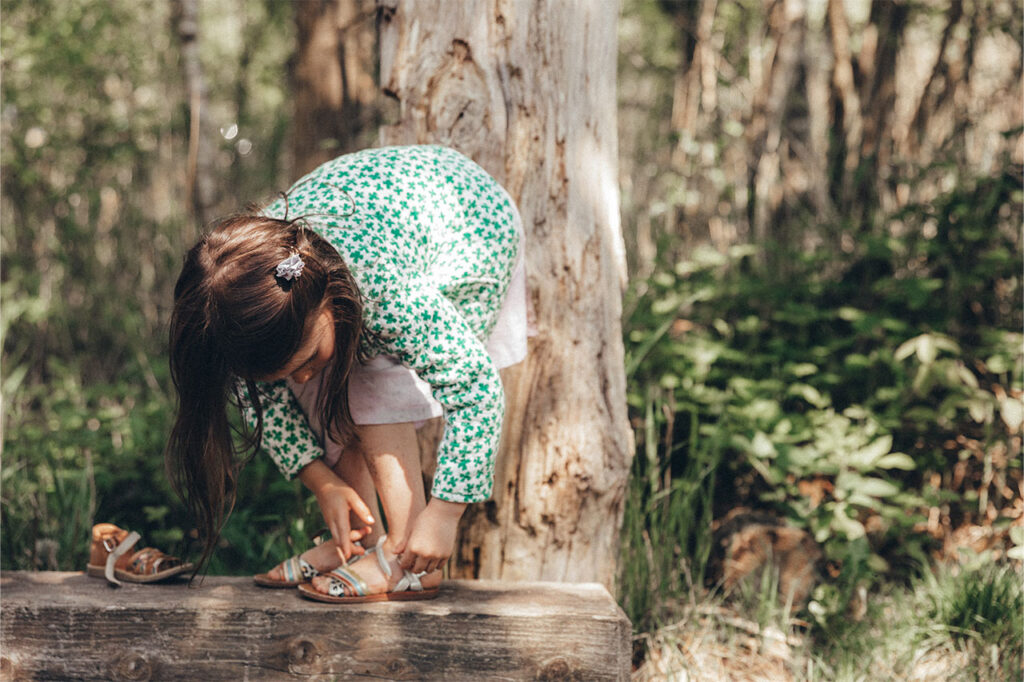So there I found myself in 2021 at 40 years old, with two Masters Degrees, and – after a steady career path – having held a director’s job for 6 years and counting. I guess from the outside I looked quite successful. But I didn’t know where to go from there. I wasn’t burned out, I had always loved working and I enjoyed my job. My sister even once commented that she thought I was one out of three people she knew that actually loved their jobs. I just had no clue what would happen next. I was supposed to write the next chapter in my story myself and I didn’t know where to begin.
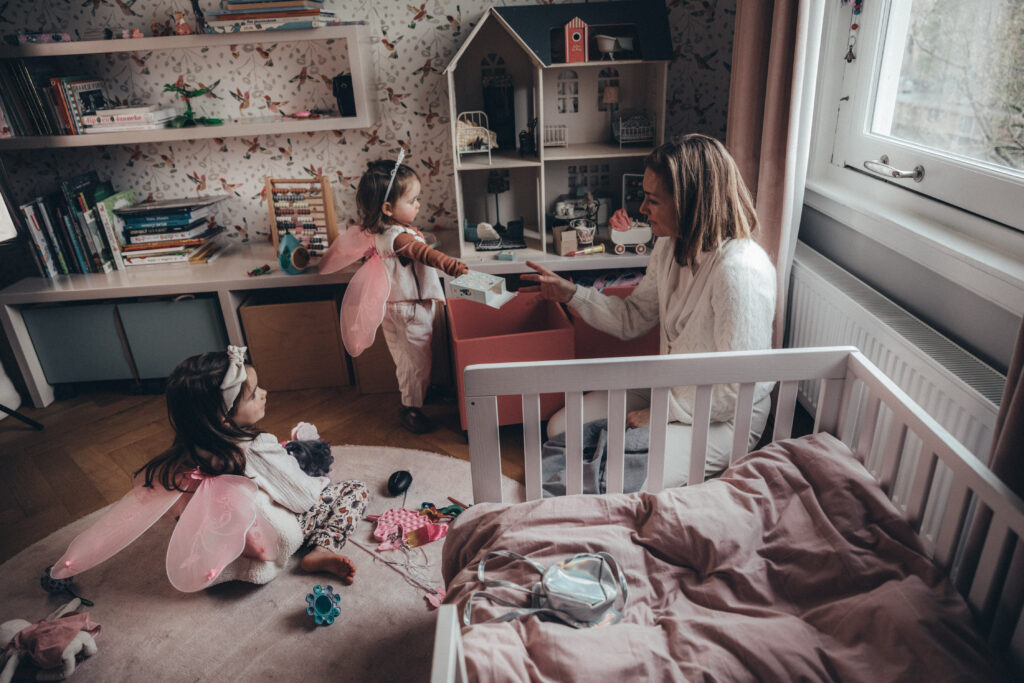
Looking inward
In 2008 I started my part time MBA studies, while I was also working full time. It was an action learning program, meaning I wouldn’t just learn from textbooks, but mostly by executing ideas and plans in my work environment. Every time we finished a project, we were asked to reflect on it. What did we set out to achieve? How did the project go? Did we achieve the goals? Why (not)? What would we do different next time? During the first two or three of these projects, writing my reflection felt like a bit of a dirty-job-that-someone-has-to-do and I struggled to write it. Slowly but steadily, however, I understood that perhaps not what I had learned from the books or in class was the most important thing, but rather these reflections helped me to process the knowledge I had gained. Learning a new skill isn’t just a matter of understanding how something works. It has to do with internalizing all that you have been taught and to master it. Reflection, in other words, is part of the learning process and of becoming who you are.
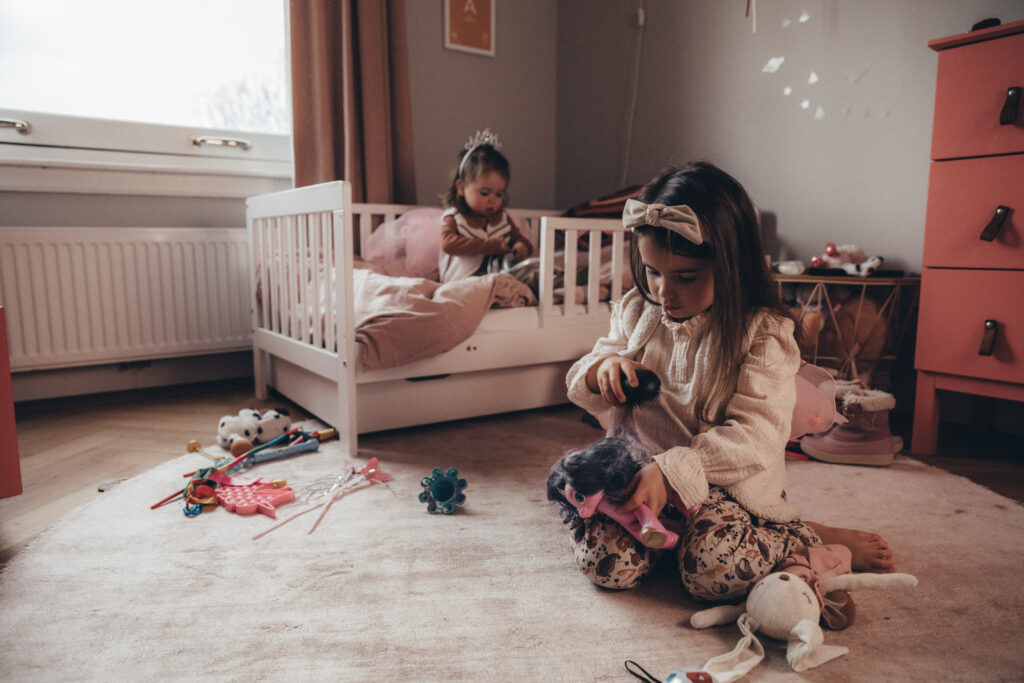
I decided to take on the valuable lesson I had learned in 2008 and apply it in 2021. Come autumn equinox I started looking inward. What I liked about my job is that I was actually skillful at it: I studied both urban planning and business administration and was able to apply my knowledge of both housing and planning as well as my knowledge of organizations in my work. I was working with a great team of skilled professionals that trusted me to lead them. And we were contributing to decreasing the housing shortage at the same time. What I didn’t like though, is that I often felt alone in my pride to fulfill my mission of making people feel at home. It often didn’t feel like a joint effort. My colleagues were ambitious as well, but in achieving other goals. And after thirteen years the organization and I stopped being a match.
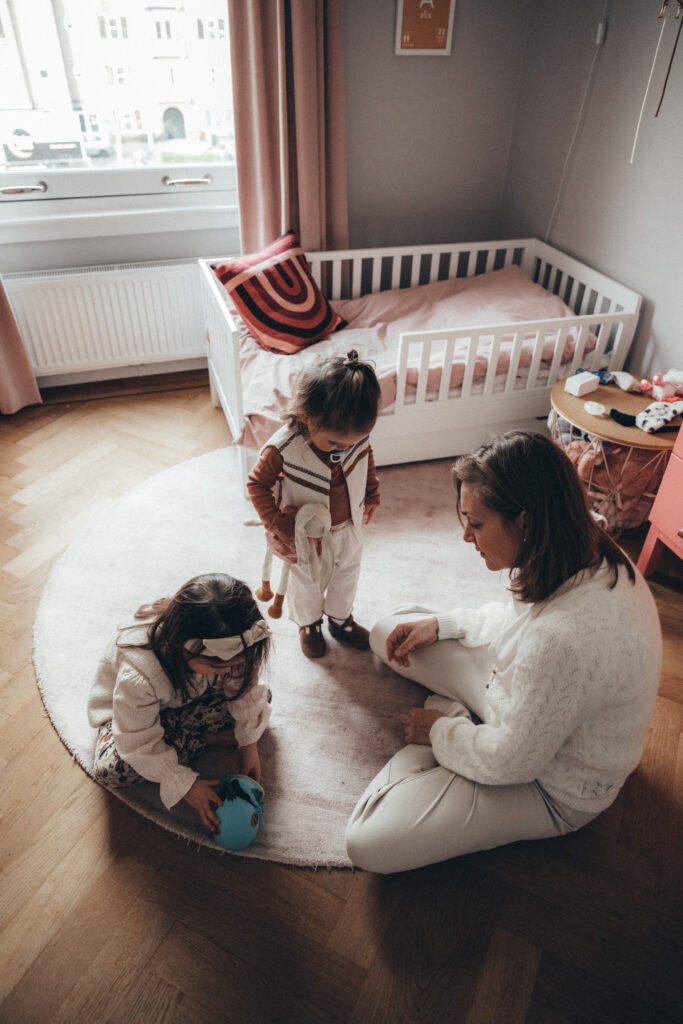
After some thorough soul searching and lots of coffee with potential new employers I found a great company, a competitor of the company I was still working for at the time. Although from the outside both companies may seem quite alike, the mission of the new company I started working for is to give people a good home, a mission that is so alike my own that it feels almost natural to go to work now. My inner and outer world needed to be aligned and if I hadn’t turned inward, if I hadn’t reflected on what my former job had taught me, I wouldn’t have understood that staying true to my own mission was exactly what I needed to do.
The emptiness inside
Autumn equinox is the time of year on the northern hemisphere when the days and nights are equally long. From this moment, typically between September 21st and September 23rd, the days become shorter until at Winter Solstice we experience the shortest days and the longest nights. We move into the season of colder, darker, rainier days and nights. While many of you may associate this season with feeling rather blue, you could – or perhaps even should – take the opportunity to move inward. And what better place to start but our own homes?
Although most of us are used to spring cleaning, autumn is the season of letting go and this could be a good opportunity for decluttering and emptying your home of what is no longer needed. You might want to go ahead and try this exercise that combines two of my favorite decluttering methods which have helped me a great deal in mindfully (re)designing the spaces in my house. To do this exercise, just pick any space at your house. A great place to start is the bedroom, since this room represents you, but you could also pick the living area or the dining room, if any of those are spaces you wish to declutter. Start of by sitting in the space of your choice for a little while, perhaps closing your eyes and breathing in and out, taking in the energy of the space. Now open your eyes. What do you feel? What do you see? Start by removing clutter, such as newspapers or magazines, some unopened letters, an empty teacup perhaps. See if you can immediately store this visual clutter where it belongs.
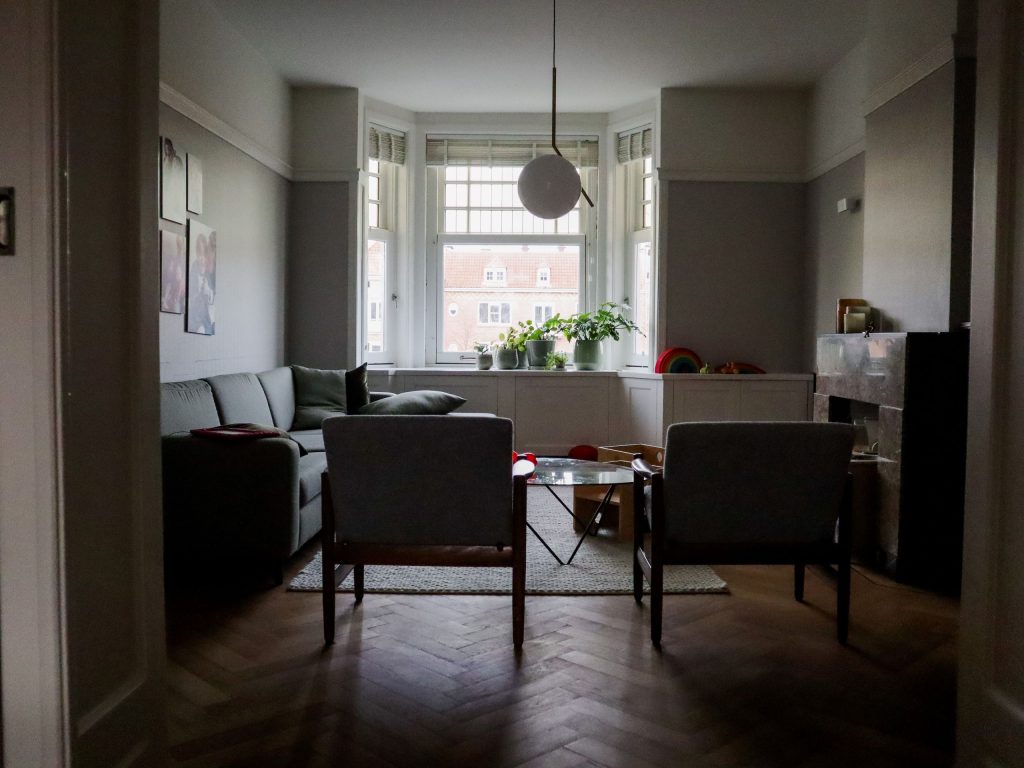
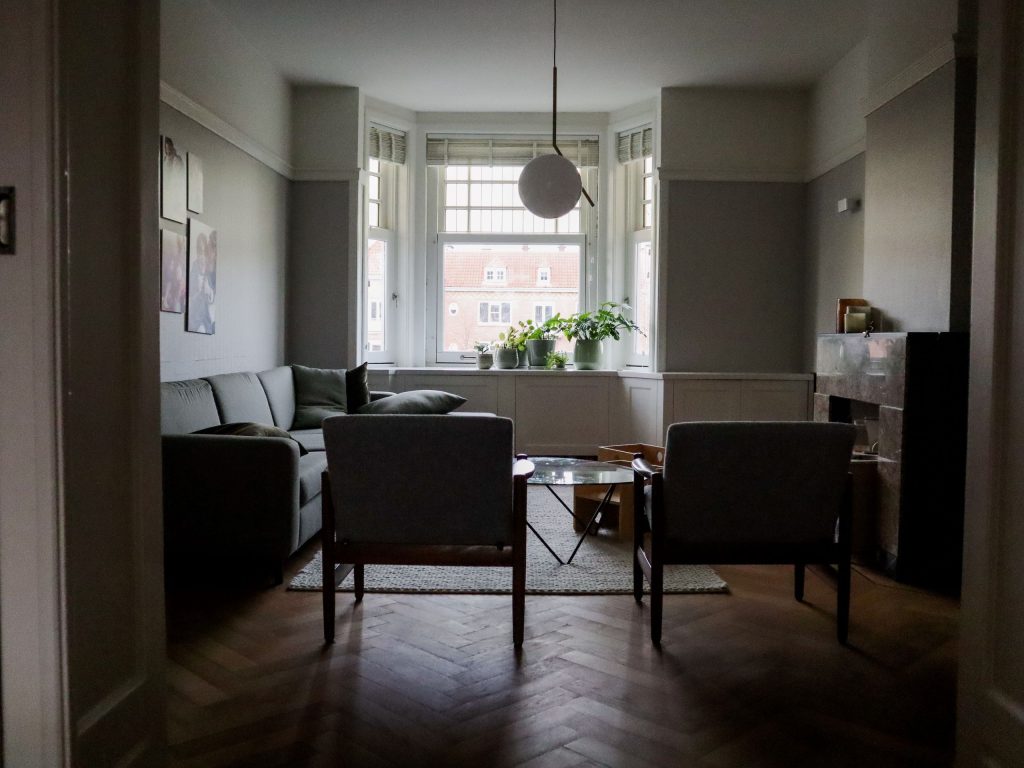
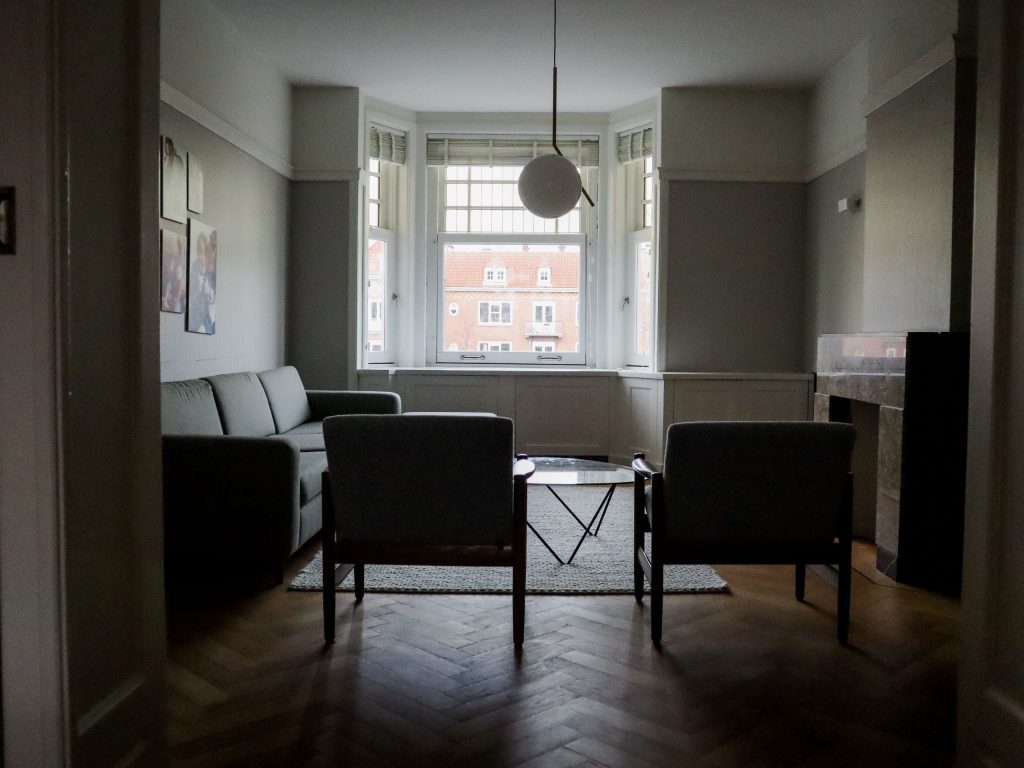
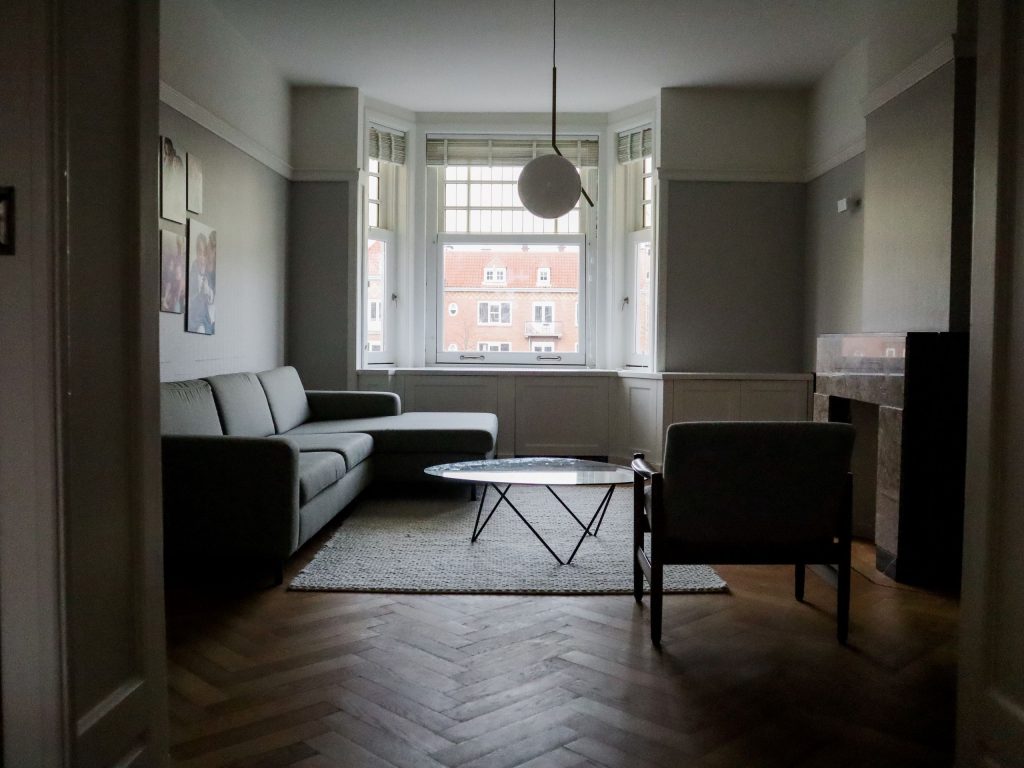
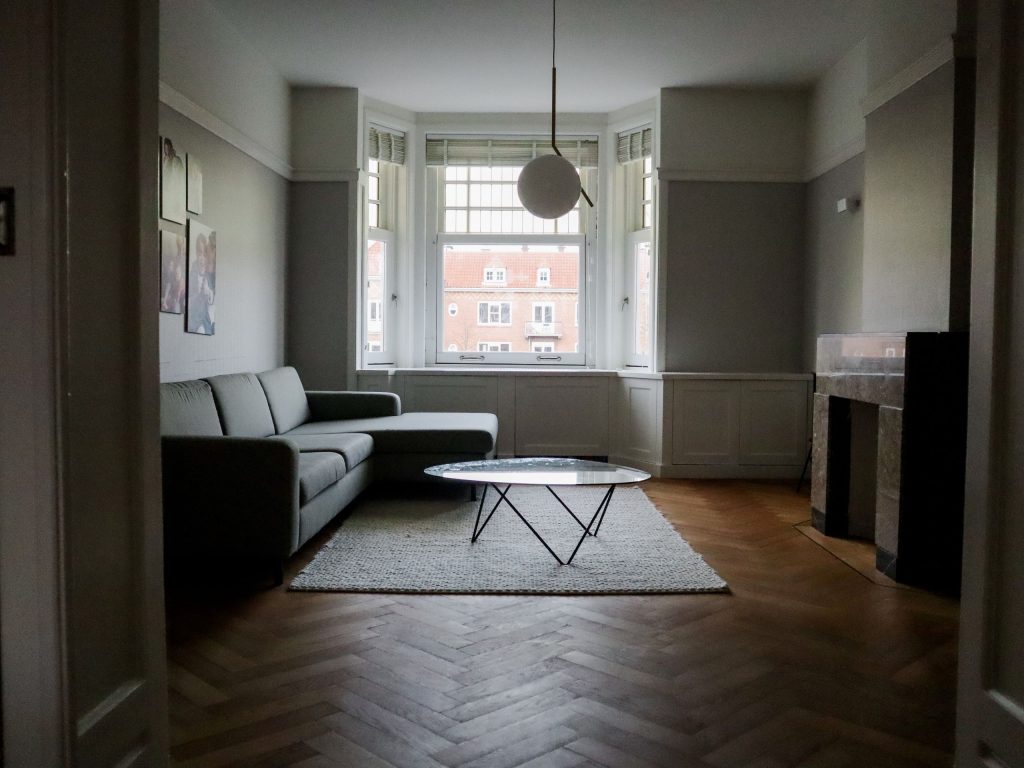
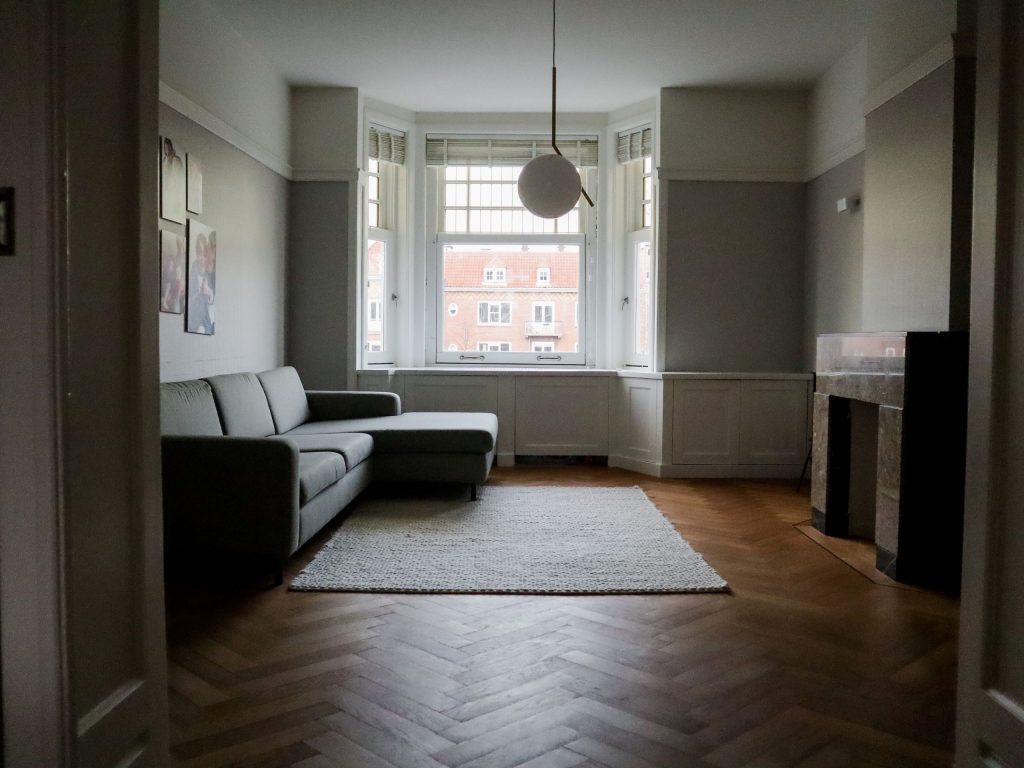
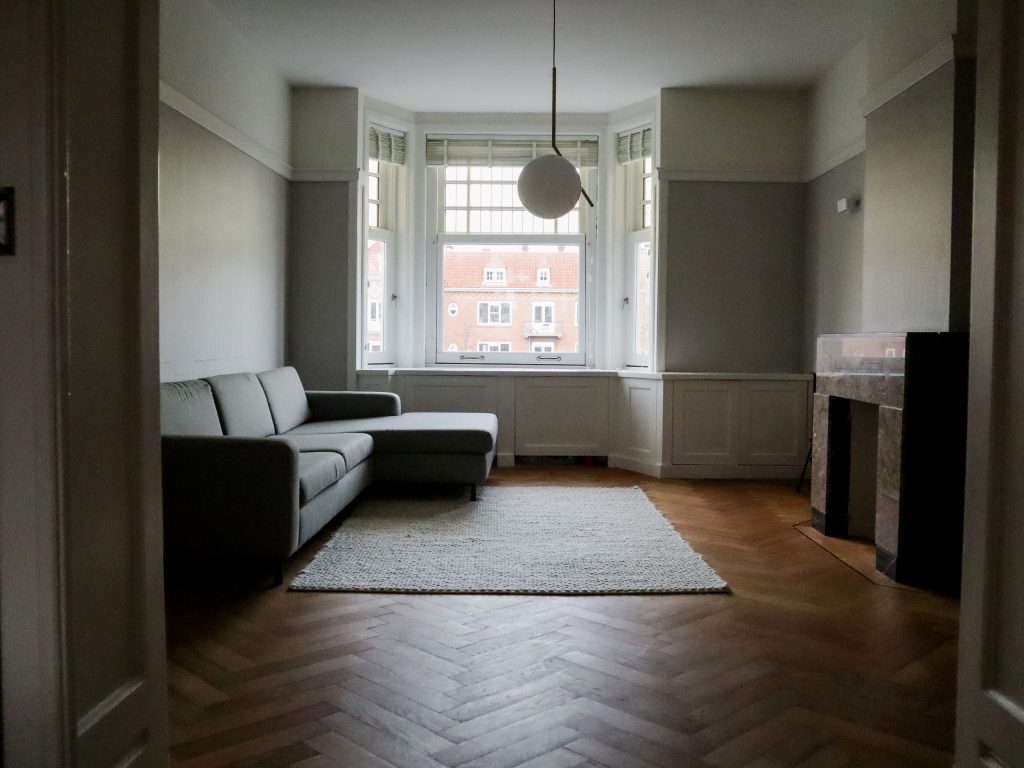
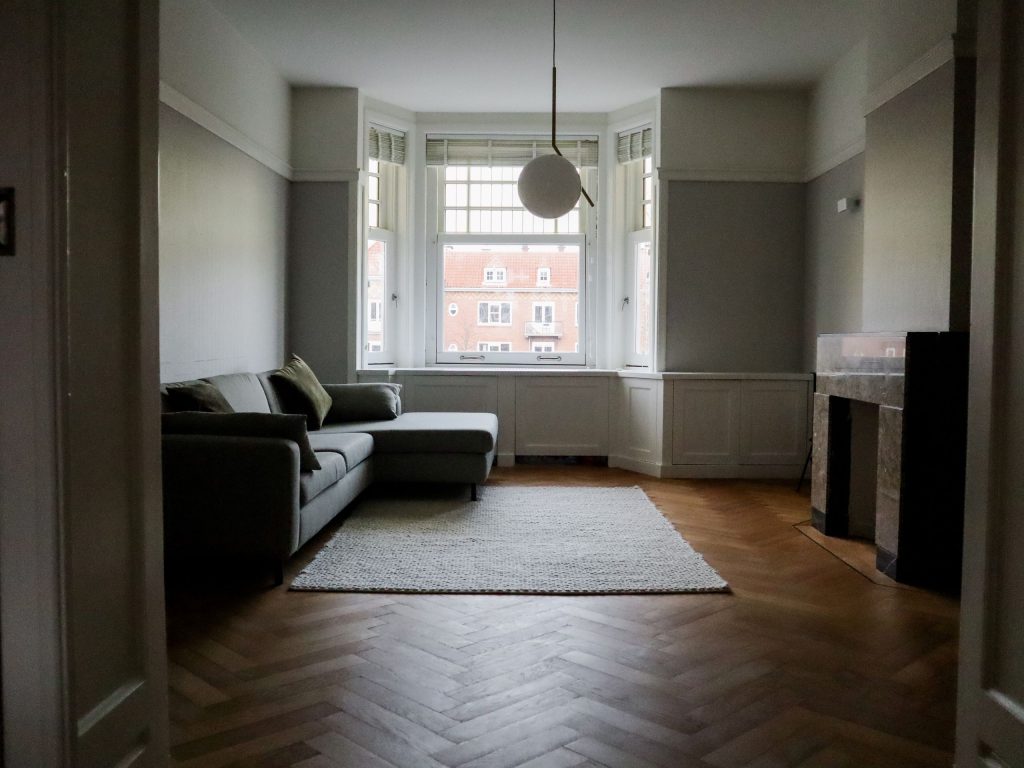
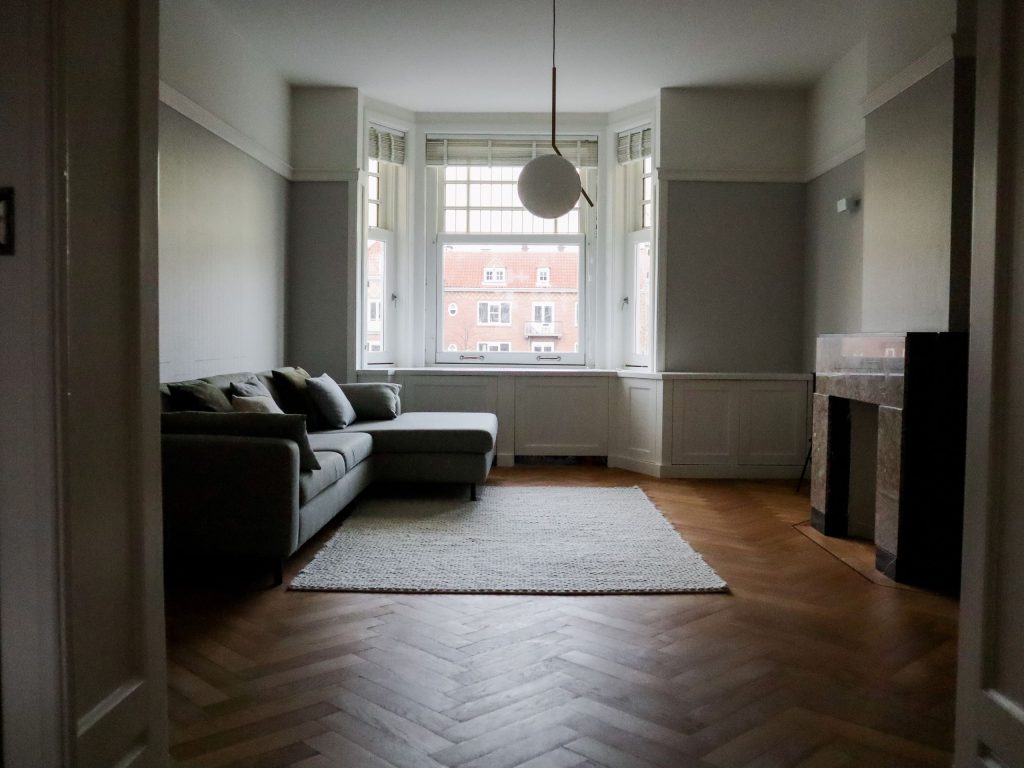
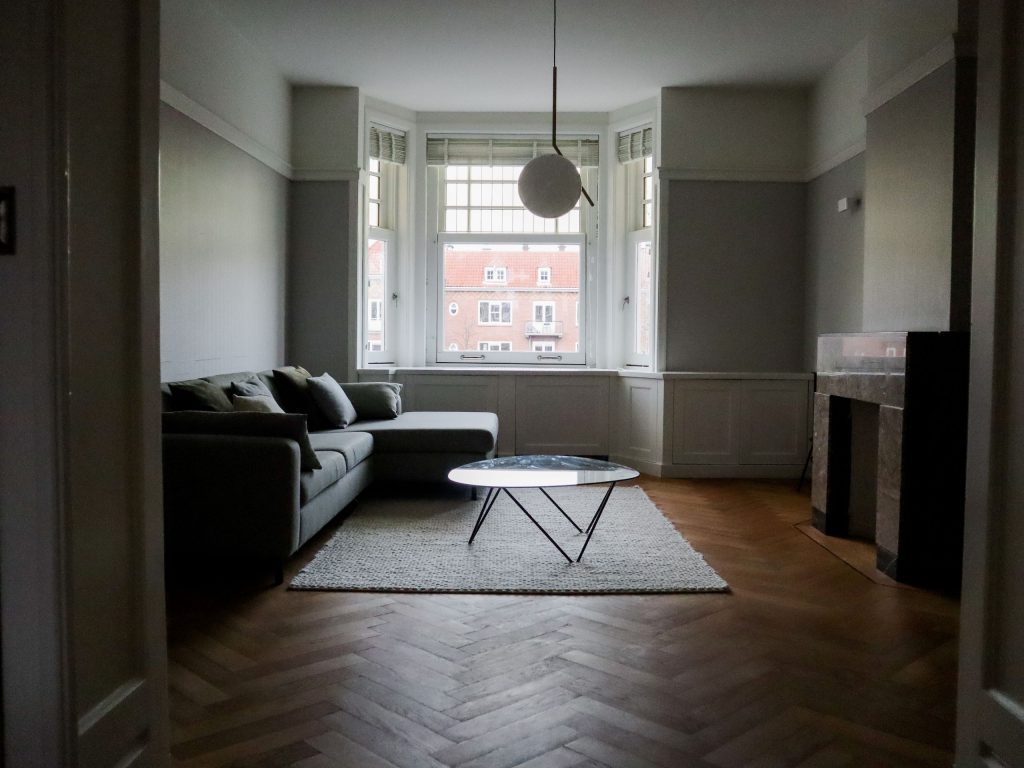
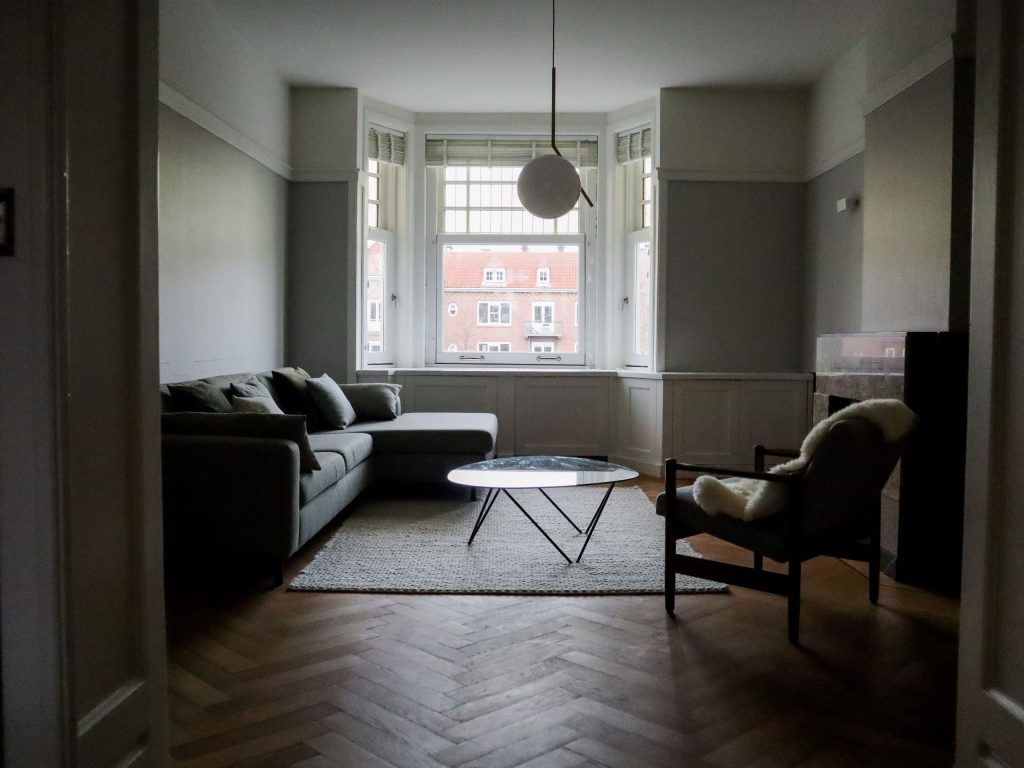
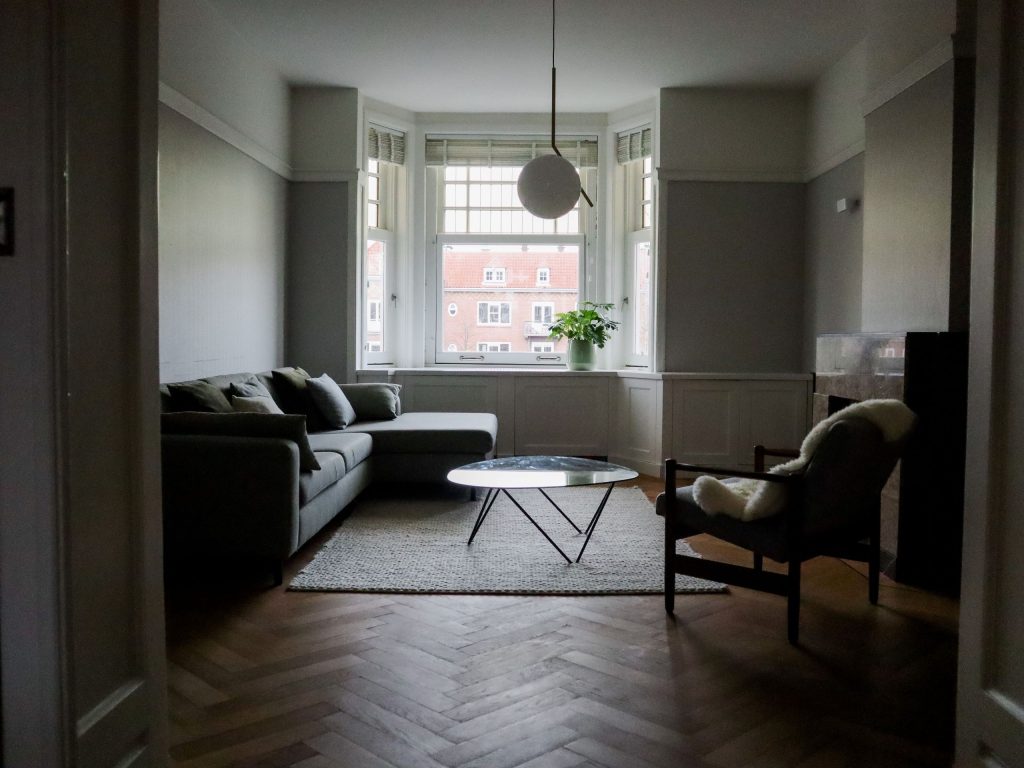
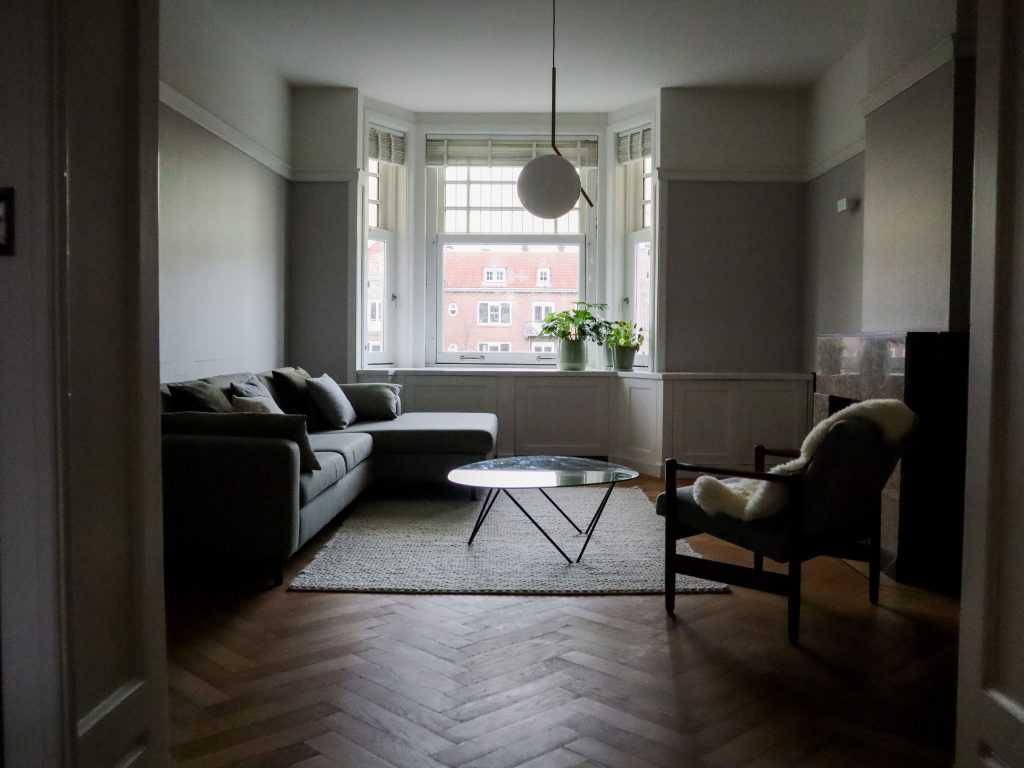
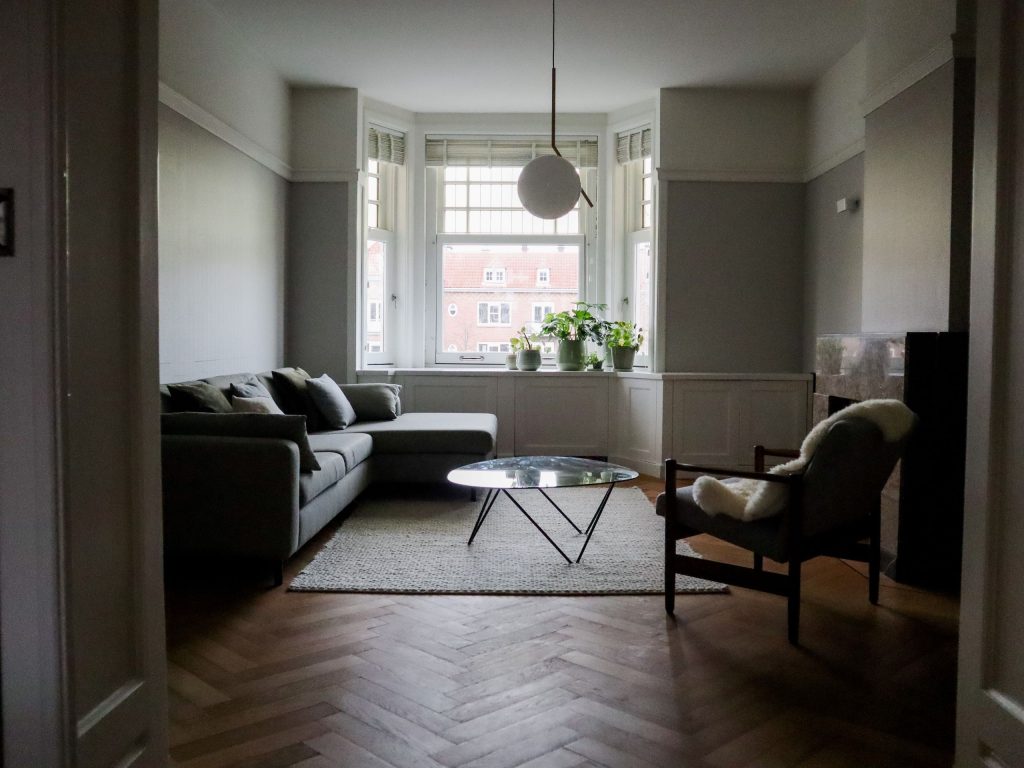
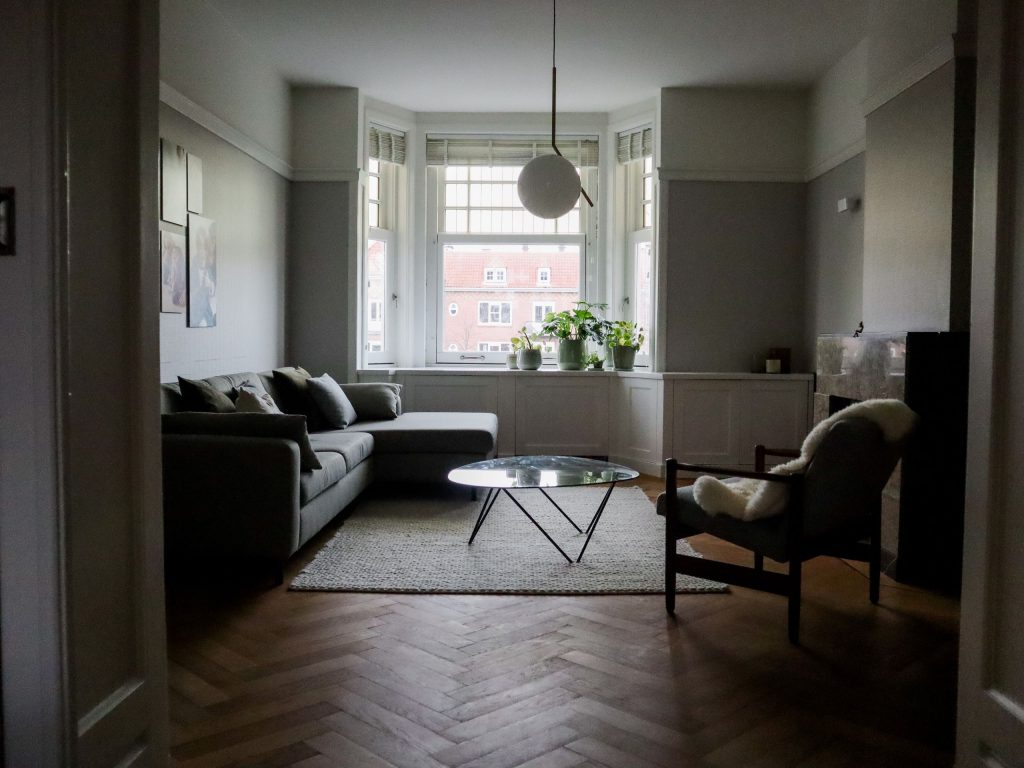

Now let’s look again. Continue on in removing accessories, such as candleholders, plants, travel souvenirs or cushions. The space may already start to feel less crowded and more open. Now see if you need to remove pictures or paintings from the walls, creating a blank canvas as you go.
Finally start removing furniture. First remove furniture that you don’t use often, such as an extra armchair or a side table or extra lamp, before moving on to the bigger items that are used more often. If at any time your space starts to feel empty, stop.
Now look inside any closets that the space might have. You might store clothes or bedlinen in your bedroom. Open the closets and take out whatever you don’t use or aren’t wearing. Look as well to the things you’ve removed from the space of your choice. Ask yourself: why are you holding on to these items if apparently you’re not using them? Are you holding on to them for sentimental reasons? Or because they represent a certain expectation for the future? Do you feel that maybe this autumn is the time to let go of these things, whether they be pictures, memento’s from you childhood, old books or clothes or maybe something completely else? And could you let go of the feelings of hope, grief or else they are related to?
Say goodbye with love
I started by applying this exercise to my living room to start with. I carefully removed clutter, accessories (always more than I think I have), and then furniture. It wasn’t until I started removing furniture, that the space started to feel (too) empty. I then started taking out some of the things I keep in the ensuite closets that separate the living room from our dining area. I found that they are mostly memento’s from school and work: old school reports, some publications I co-authored, formal work evaluations and so on. I realized that these things, remnants from a (not so) distant past, are taking up a lot of space, whereas this year I’ve learned that what I care about most in the world are of course my husband and our two girls, but workwise definitely my drive to make people feel at home. I do own books that inspire me in this aspect of my life, but they are a bit tucked away into a cramped space at the top of the bookshelves.
I then realized that the dining room – which in our case is used for both dining as well as working from home – is also crowded with books, but mostly books I haven’t read yet. They remind me of all the things I once wanted to read, but never did, because, well, it just doesn’t interest me so much anymore. Why giving so much space to something I just don’t care for? I grew conscious of the fact that at the same time I had let go of the notion of having to do better all the time, I also needed to let go of the physical proof of this way of living. The first Feng Shui expert I’ve known taught me the art of saying goodbye lovingly. Don’t be angry over faults or griefs from the past. Instead by thankful for where it brought you thus far and then let go of that piece of furniture or the box of mementos, making space for something new. My true passion – making people feel at home – is no longer just a part of my hobbies, but of my mission in life and therefore of my path in life and work. I decided to take out any books that I didn’t read and don’t feel like reading and donate them to one of the many free book closets you can now find on many streetcorners. I was then able to re-adjust all of my books, giving the books about interior design a rightful place in the dining room, at the same time making more space for nice things in the living room where I spend time with my family.
I urged my daughters to also declutter their toys. Their respective birthdays are both in November (as an Urban Planner, I’m awfully bad at personal planning) and these are then followed by a lot of holidays, and they are lucky enough to get lots of new toys, books and other presents. We needed to make space for new things that were coming and I took the time helping them to get rid of things that are broken or that they no longer play with because they have grown out of it. This decluttering activity was definitely an exercise for them as kids are not great at letting go (as they shouldn’t) but we turned it into a little playdate and had a lot of fun. It taught me more about what they really like. We were finally left with only a couple of categories of toys, that were also a great starting point for adding new toys, thereby making more sustainable choices.

Feeling at home once again
Over the last year I’ve added a new chapter to my book of life. I am staying true to my personal mission of making people feel at home. Decluttering my space was not just a physical act, but helped me aligning my home and my mind. Decluttering also helped me getting my priorities straight and designing the space in such a way that there was room for whatever is important in my life. My home now resonates with my true mission of making people – and myself and my family in the process – feel at home.
The decluttering exercise combines two exercises described at length in: Vastu. Breathing life into space by dr. Robert Svoboda (2013) and Huis & Ziel. De spirit van het opruimen (House and Soul. The spirit of decluttering) by Nina Elshof (2015)

